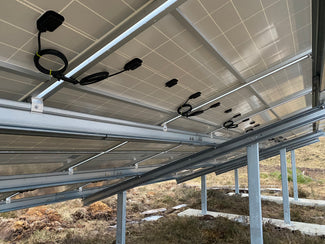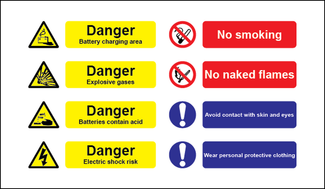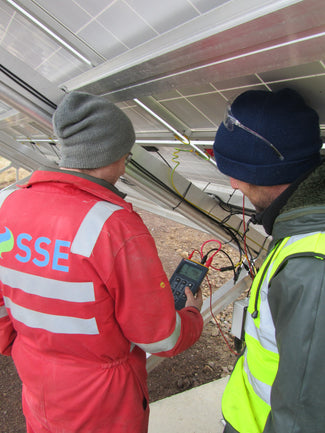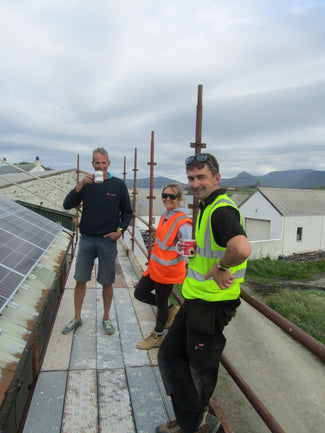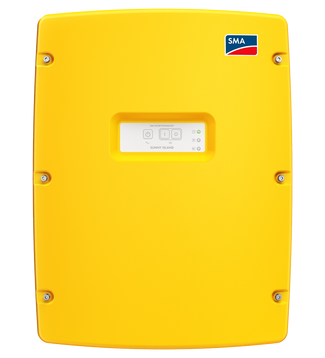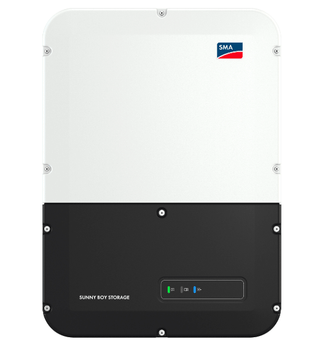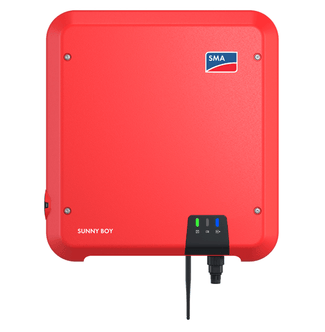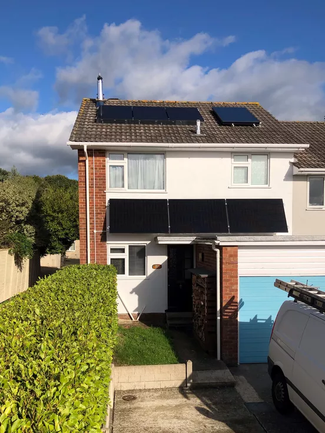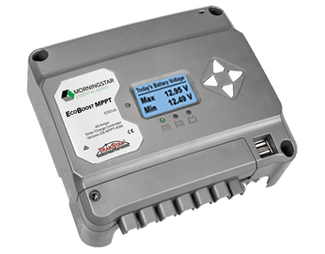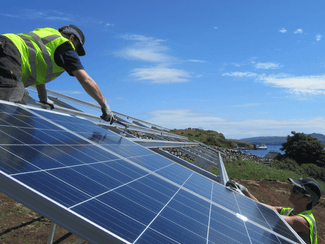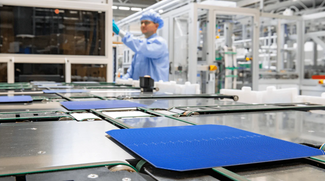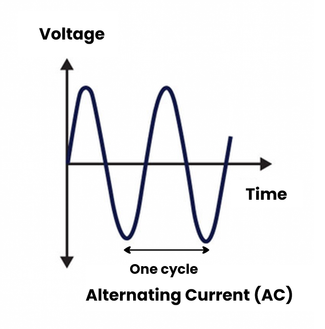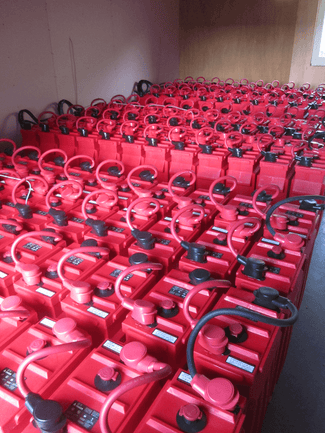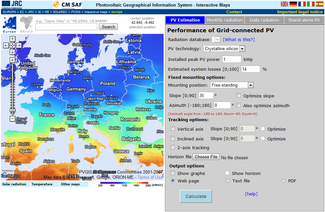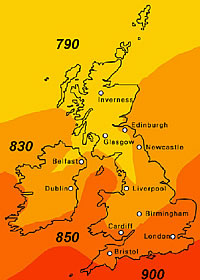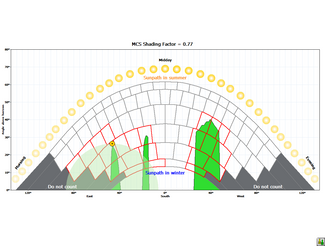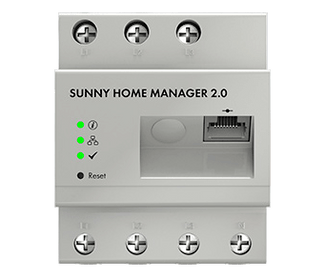Contents
Don't put solar in the shade!
11 Jun 24
Contents
Don’t put solar in the shade!
Solar photovoltaic (PV) panels convert sunlight into DC electricity – how well they work depends on the amount of sunlight reaching the panels so to deliver maximum yield a PV system should be as unshaded as possible throughout the day and the year.
Causes of solar PV shading


The most significant shading is caused by objects close within 10m of the PV array which cast sharper, larger, shadows for longer than objects that are further away. Common causes include:
- Trees (which may grow to overshadow the system),
- Chimneys, dormer windows, aerials etc.
- Neighbouring properties (existing or those which may be built after installation),
- Bird droppings,
- Fallen leaves,
- Snow,
- Lichen.




The effect of shading on solar PV panels
Depending on the cause of any shade, and its position relative to the installation, the loss may be only seasonal, or for a few hours each day, but the overall production level may drop considerably.
Highly localised shading such as that caused by lichen or bird droppings can also cause hotspots on the panel which have the potential to cause permanent damage.
Avoid shading where possible.


Eliminating solar shading problems is the most effective way to avoid them.
To do this it is essential to determine at what times of the day shading occurs, for how long, and how much it will impact your generation.
A good installation company will customise your solar system by taking your house and its surroundings in mind. When they survey a potential installation site, they should determine the potential impact of shading on the system’s production, and then design and recommend a system that can work efficiently and minimise the effect of shading.
The Microgeneration Certification Scheme (MCS) have a Solar PV Shade Evaluation Procedure which provides a method to determine Shade Factor




Plan before you install - Choose the best site for a PV system!
It's important to carefully site the PV array in a location where little to no shade will fall.
- Ensure it is free of potential shading obstacles, such as trees, chimneys and other buildings, considering what the area will look like in 15 or 20 years – over the lifetime of a solar system. Consider where shadows fall throughout the entire year since the sun will shine from different angles during the day and in different seasons.
- If shading is an issue, it might be possible to reposition all or part of the system, preferably to somewhere that will produce solar energy at times when most electricity is being used.
- If chimneys, or other features of a building simply do not leave a place to install a solar panel array without risking a considerable amount of shading, consider installing a ground-mounted PV array in an unshaded location instead.
- Things can change over time, resulting in partial shading of the PV modules. New building or growing trees could cause this. Make sure to trim growing vegetation to prevent possible shading.
A well-located solar PV array should have little shading at midday, and during the summer, so the issue of shading may not need addressing at all.
Conversely, if a potential site is subject to significant shading, then installation may simply not be appropriate there.
Reducing the effect of shading on solar panels
The direct effect of shade is caused by reduced irradiance or sunlight reaching the panel.
Unfortunately, there is nothing which can be done to reduce the impact of direct shading, other than not installing panels in a shaded area or removing the cause of the shading.
Cells in a panel are connected in series, like links in a chain. Setting up the cells and panels in this way means that they all produce the same current under the same irradiance. Most cases of shading however, are not uniform across the panel string, so if the current drops at one point, the whole chain is restricted and output is reduced to a level determined by the lowest performer in the series.
This means a secondary or indirect effect of shading is that unshaded cells or panels can also have reduced output, if they are connected in series to the shaded cell or panel.
However, various technologies and inverter configurations are available which may help a system to still perform well and reduce the losses from the secondary effects of shading.
Technical Solutions to mitigate losses in the case of PV shading
Bypass diodes
Bypass diodes are incorporated in solar PV panels to allow the current to “pass over” shaded areas, so the higher current from the unshaded series of cells can flow around the shaded string of cells.
The cells in PV modules are usually combined with three bypass diodes. If the PV module is in shadow, the diode becomes conductive and the affected part of the module is bypassed. The other PV modules, however, continue to perform at full power ensuring that a shaded PV module does not affect the power of the other PV modules in the string.
In a traditional panel, when one cell is shaded or faulty, the entire row of string of cells (Row 1 below) will stop producing power. This knocks out a third of the panel.
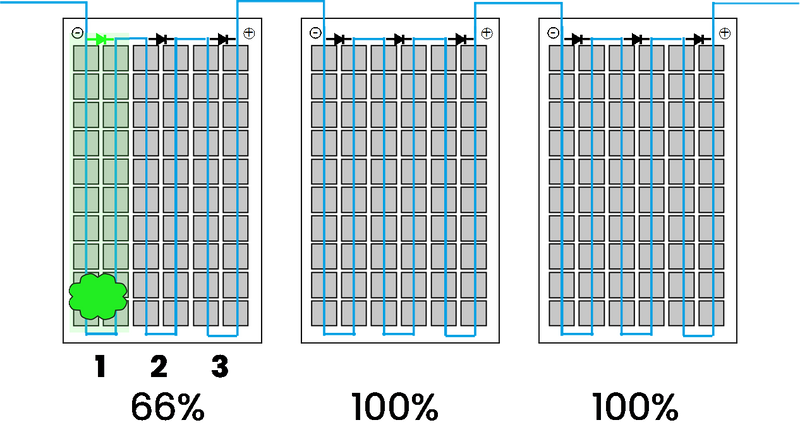

‘Half-Cut Cell’ Solar Panels
Panels using ‘half-cut cells’ have a unique “twin” design, which allows them to be wired into two individual halves, allowing one half to maintain full performance even when the other half is shaded. Over time, this means a higher yield from the installation. This design was pioneered by REC Solar in 2014, and has since become the standard of the industry for most major manufacturers.
A half-cut cell solar panel works a bit differently. The panel itself is split in half, so there are 6 total cell groups instead of 3. The bypass diodes connect in the middle of the panel, instead of at one end like the traditional wiring above.
Now, if a solar cell in Row 1 is shaded, the cells within that row (and that row only) will stop producing power. Row 4 will continue to produce power, generating more energy than a traditional series wiring because only one-sixth of the panel has stopped producing power, instead of one-third.
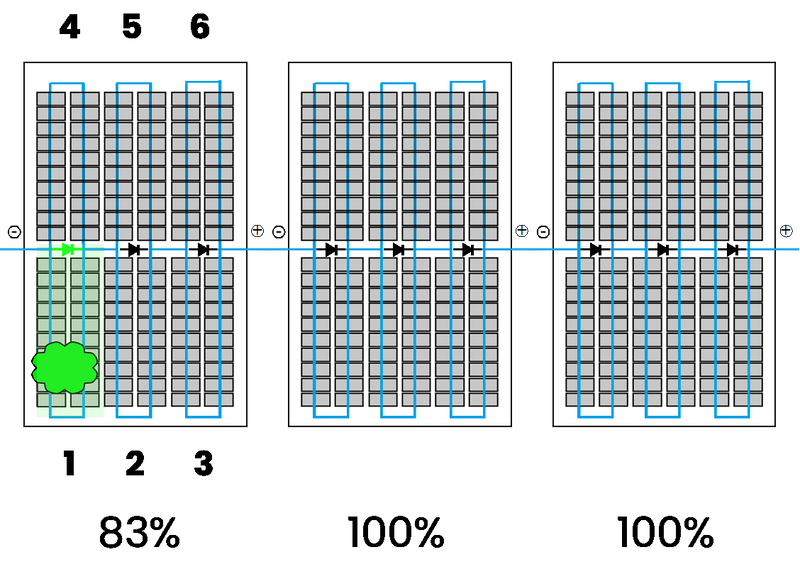

String Design and Running Panels in Parallel
A shaded PV module can bring down the power output of an entire string. However, a shaded panel on a string will not affect the power output of a parallel string.
- Group modules that receive shade onto a single string and those that do not receive shade on another string to maximise the overall energy generation.
- When the sun is low in the sky shade might only affect the lowest row of panels in an array, so to minimise shade losses strings should be formed from single module rows.
- Use half-cut cell panels to help further with this.
- Grouping different rows on different MPPT inputs to inverters, or on different inverters can also improve performance.
- For small PV systems (for example off-grid battery charging systems) using multiple panels, panels should always be wired in series if there is not a shading problem. However, if shade on the panels is unavoidable, wiring in parallel is recommended – this will mean performance from a shaded panel will be reduced – but that of unshaded panels will be unaffected
See also: Wiring solar panels.
Smart Maximum Power Point Tracking in String Inverters
String inverters have significantly developed over the years and in particular have improved how they can handle shade through advances in their maximum power point tracking (MPPT), - the process where the inverter continually ‘searches’ for the maximum power point which changes as the irradiance hitting the panel changes.
Without any shading the inverter can easily find and adjust the maximum power point as solar irradiance varies throughout the day.
With shading, the inverter needs to search for a new maximum power point. Unfortunately, the new maximum peak can often be at a significantly lower voltage than the original maximum. This can cause the inverter to find a ‘false peak’ and mistakenly think that the new maximum power point under the shaded conditions is at the Local MPP instead of the Global MPP, resulting in a lower power output.
‘Smarter’ string inverters, however, have highly efficient algorithms which can scan the whole of the power voltage curve to always find the true maximum or global power point – and so produce more power.
See: Fronius’ Dynamic Peak Manager
These both use intelligent shade management integrated in the inverter, which can reduce yield losses in the case of partial shading and maximises the yield of a photovoltaic system - without installing additional components.
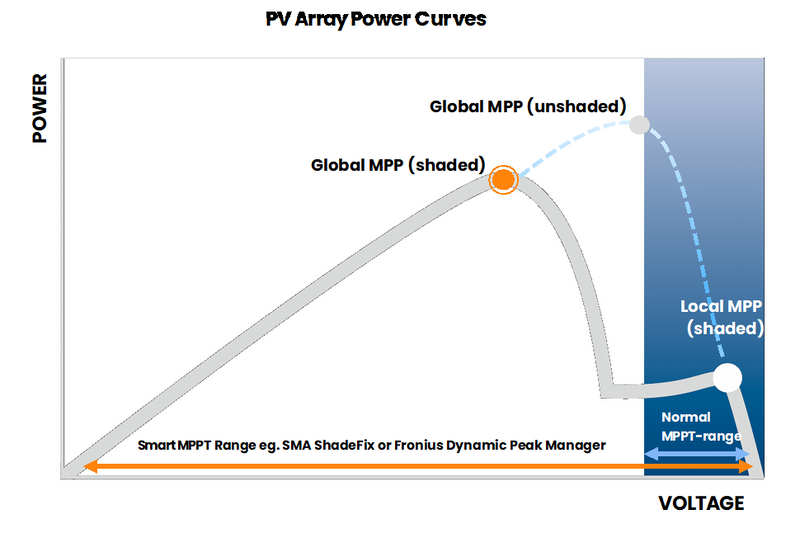

Advantages
Highly efficient MPP tracking algorithms detect any shade and optimise the yield at the string level.
- Not only does this cost less because there are fewer system components, it also keeps installation and service costs to a minimum.
Efficient
- Highly efficient MPP tracking algorithm detects any shade and optimises the yield at the string level.
- Scanning the entire voltage output curve to always find the most efficient operating point of the photovoltaic system, results in maximum yields despite shading.
Reliable
- No additional components at PV module level. Not only does this increase system reliability, but it also minimises the failure and fire risk for the photovoltaic system.
- A shade management solution at PV module level often leads to a higher failure rate and therefore greater servicing requirements.
- If all the power electronics including shade management is integrated into the inverter, this means that there is no need to replace components on the PV module or on the roof.
Disadvantages
- Performance of severely shaded strings cannot be optimised by string level MPP tracking. For systems where there is no choice but to install panels in a severely shaded area, an module level optimised solution will perform better.
In most cases, in unshaded, or light to moderately shaded conditions, the majority of PV installations, this method provides the best means to avoid loss of energy generation.
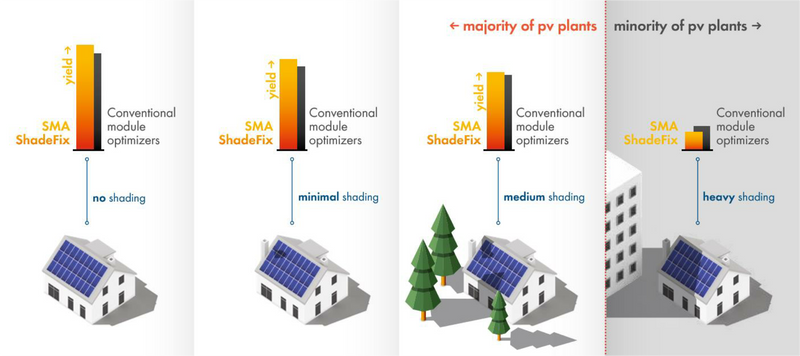

Power Optimisers and Micro-Inverters (known as Module Level Power Electronics or MLPE)
Where there is severe partial shading, either microinverters and power optimisers can provide a solution. These enable each solar panel to operate independently, so even if one panel is shaded, the other panels can continue to function at maximum capacity.
Power Optimisers SolarEdge use a central inverter unit like traditional string inverters, but also have individual panel optimisers installed underneath each panel. The panel optimisers will perform a DC-DC conversion to find the maximum power point of each module individually, as opposed to the maximum power point of each string. This can help to yield a greater output compared to a string inverter with an activated bypass diode on the shaded substring. For example, if one panel in a string receives 20% less light than the others and assuming this is all on one substring, this might be sufficient for the bypass diode to activate and reduce the panel’s output to roughly 66%. The maximum or global power point is then found at the string level to optimise the output. However, with a SolarEdge installation the panel optimiser would maximise the performance of the shaded panel, by finding the maximum power point of the panel rather than the string.
Micro-Inverters An alternative to DC-DC panel optimisation is micro-inverters. They work in a similar manner, but instead of just doing the panel optimisation they also perform the DC-AC conversion. The output of all the micro-inverters are connected in parallel and so each panel is then working individually.
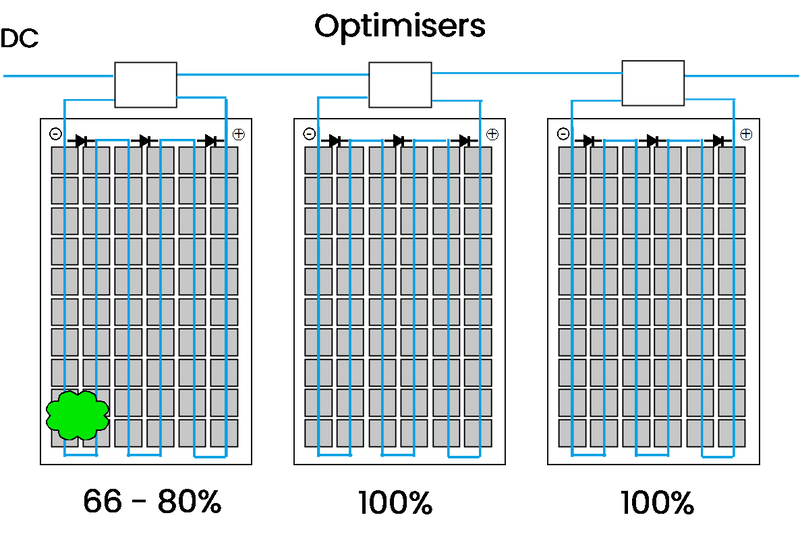

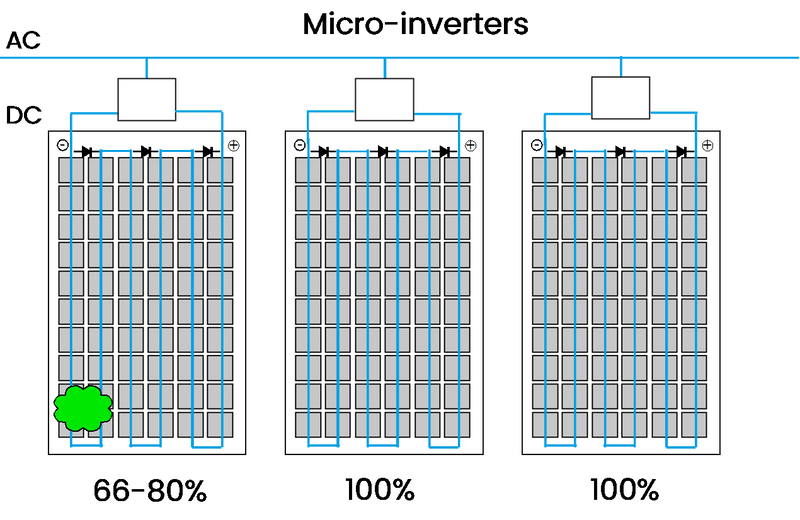

Advantages
- MLPE may outperform string level optimisation in severely shaded arrays.
- In the rare event a module fails MLPE can aid in troubleshooting.
- Some MLPE incorporate additional safety features such as arc fault detection which may be required by building insurers.
Disadvantages
- Loss of efficiency: MLPE adjust the voltage of shaded PV modules by boosting or decreasing it, however, they require energy to do this. The more shade there is, the higher the consumption of the MLPE, and the lower the efficiency. This means, especially in partial shading situations, that power MLPE often cannot compensate for the shade, so they do not generate a higher yield.
- Large number of components on the roof. Each MLPE sits directly behind the PV module on the roof and is therefore continuously exposed to heat, cold, rain and snow. This is bad for the sensitive power electronics and can have repercussions for servicing and the fire risk. As they are located at roof level, they can be very expensive to replace if something does go wrong.
- Increased number of DC plug connections. Potential defects in these represent the main source of photovoltaic system problems.
Conclusion
- It is important to site a PV array in a location where little to no shade will fall, especially at midday and during the summer.
- If a potential site is subject to significant shading then it may simply not be appropriate for a PV installation.
- Modern, high-quality string inverters are designed to minimise shading losses and are the most efficient and most cost effective solution for the majority of PV installations in unshaded or light to moderately shaded conditions.
- The use of MLPE can allow a PV array to function on a site that would otherwise be completely unsuitable, but it will still underperform relative to a better sited system as MLPE do not increase generation, they just reduce losses.
- The increased number of components mean a system fitted with MLPE is more costly and more likely to suffer from component failure, and as the MLPE are located at roof level they are usually expensive and time consuming to replace.
